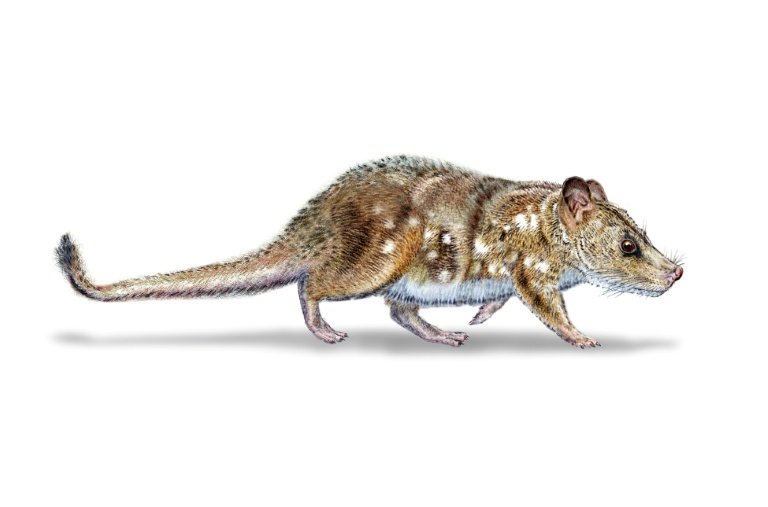Published last week in the Proceedings of the Royal Society B, a team of Chilean scientists announced the discovery of Yeutherium pressor, a mouse-sized mammal that lived alongside dinosaurs roughly 74 million years ago. Found in the remote Rio de las Chinas Valley in the Magallanes region of southern Chile, the fossil offers an unusually complete glimpse into the diversity of life in South America during the late Cretaceous period.
The discovery was led by Hans Puschel from the University of Chile and the Millennium Nucleus research center. Puschel describes the specimen as “a small piece of jaw with a molar and the crown and root of two other molars,” enough for his team to identify it as a completely new species to science.
A Rare Mix of Ancient Mammal Traits
What makes Yeutherium pressor stand out is its unusual blend of physical and reproductive features. The researchers say it was an egg-laying mammal, similar to modern-day platypuses, yet also carried its young in a pouch, like kangaroos or opossums. This mix suggests that early mammals in Patagonia were experimenting with different reproductive strategies long before placental mammals became dominant.
The species is estimated to have weighed between 30 and 40 grams, making it the smallest mammal ever recorded from this part of South America in the Cretaceous. Analysis of its tooth structure points to a diet of hard plant material, a niche that may have helped it survive alongside much larger herbivores and predators of its time.


Life in the Shadow of Dinosaurs
The late Cretaceous was a dynamic period in Patagonia, home to giant sauropods, carnivorous theropods, and now, as this find confirms, tiny mammals with highly specialized lifestyles. Yeutherium pressor would have lived in a lush but competitive ecosystem, likely navigating between predators and competing herbivores for food.
Like its dinosaur neighbors, this mammal vanished during the mass extinction event about 66 million years ago. But the fossil’s preservation—and its discovery over 3,000 kilometers south of Santiago—underscores how much remains to be learned from Patagonia’s remote fossil beds.
Puschel’s team sees this find as more than just another new species: it’s a data point reshaping our understanding of mammalian evolution in Gondwana, the southern supercontinent that once included South America, Antarctica, Africa, and Australia. The presence of an animal with such a unique combination of traits suggests evolutionary experimentation was more geographically widespread than previously thought.
Patagonia’s Growing Role in Prehistoric Research
In recent years, the Magallanes region has produced an array of significant fossils—from giant marine reptiles to feathered dinosaurs—making it a hotspot for paleontological exploration. The discovery of Yeutherium pressor highlights the importance of continued fieldwork in extreme environments, where harsh conditions and remote locations have preserved ancient life for tens of millions of years.
For scientists, each find here not only fills a gap in the fossil record but also prompts new questions about how species adapted to their environments during a period of major evolutionary shifts. And for the rest of us, it’s a reminder that even in the age of dinosaurs, the world was home to creatures so small they could fit in the palm of your hand—but still played an essential role in the ecosystems of their time.
Source link
